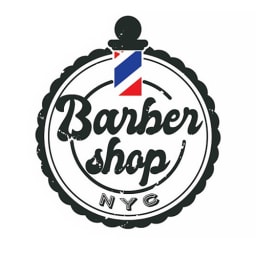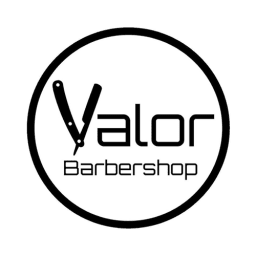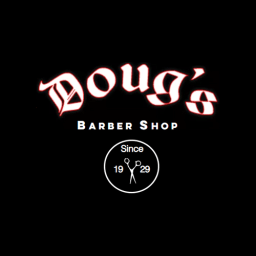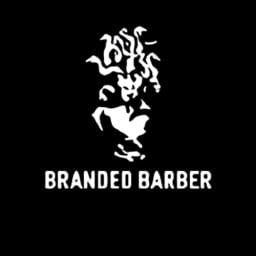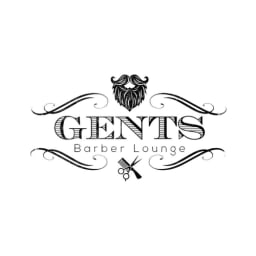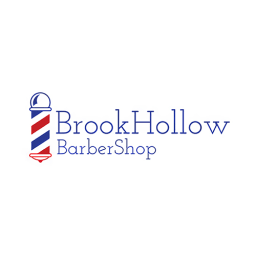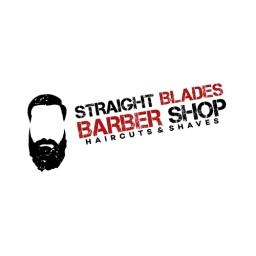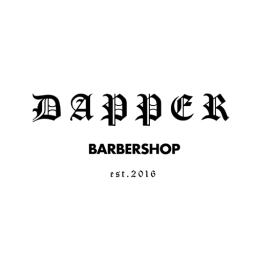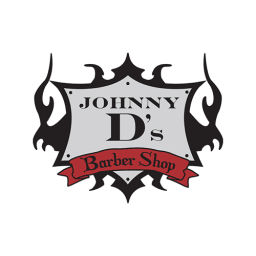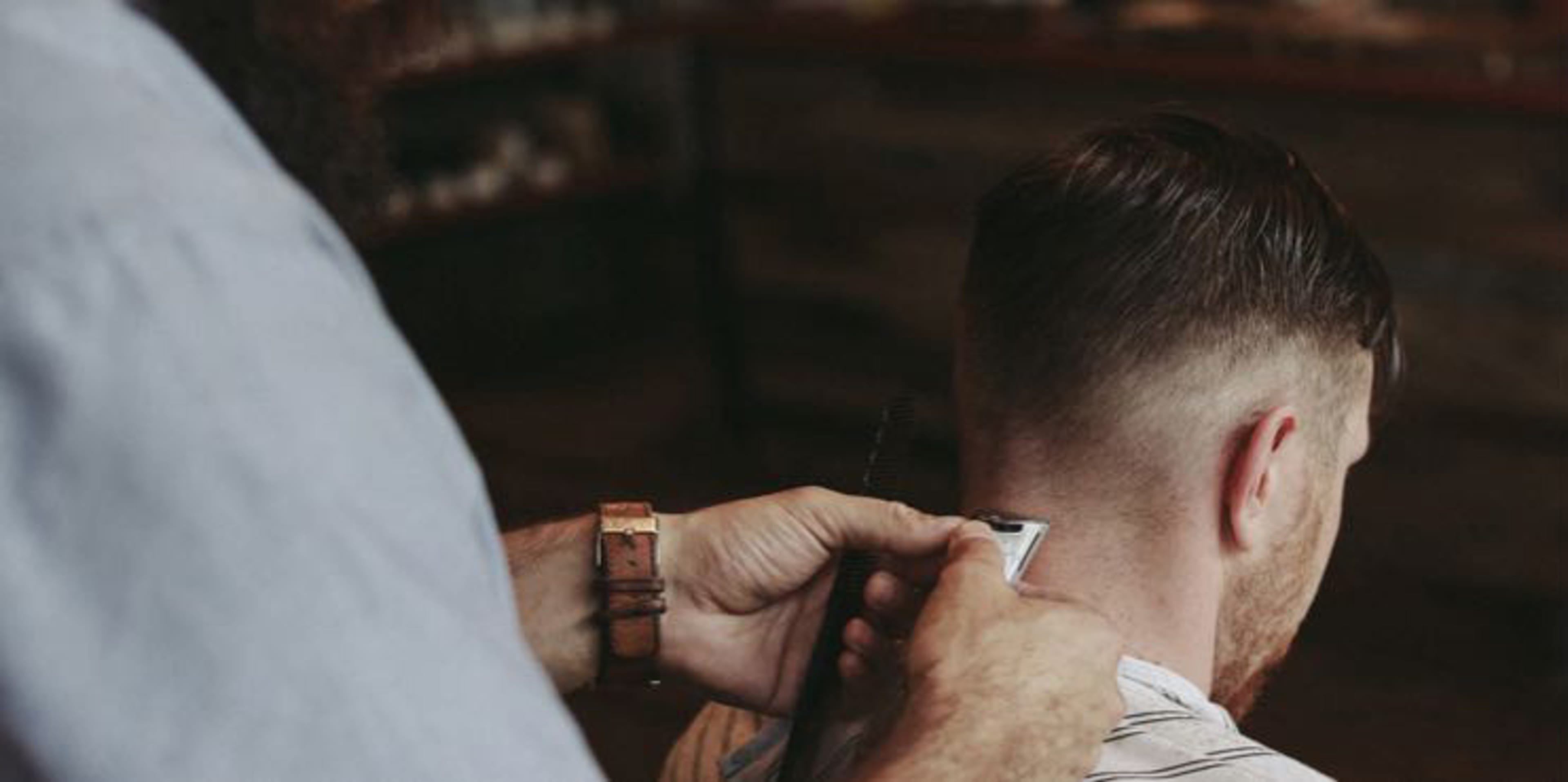
2024

Best Barber Shops
Find a Top-Ranked Barber Shop Near You
We did the research for you!
- Licensing
- User Reviews
- Mystery Shopping Calls
Learn about our selection process.
Top Barber Shops
= Featured Provider
New York, NY
Barber Shop NYC
302 West 50th St, New York, NY 10019Pall Mall Barbers
10 Rockefeller Plaza, New York, NY 10020Gentlemen's Barbershop
205 Johnson Ave, Brooklyn, NY 11206
Los Angeles, CA
Master Barbers
5610 West Manchester Avenue, Los Angeles, CA 90045Dtla Cuts
2288 South Figueroa Street, Los Angeles, CA 90007Jag's Barbershop
6233 West 87th Street, Los Angeles, CA 90045
Chicago, IL
Kempt Barber Shop
4314 West Irving Park Road, Chicago, IL 60641Black River Barbershop
1845 North Western Avenue, Chicago, IL 60647Blue Line Barbers
2307 North Milwaukee Avenue, Chicago, IL 60647
Houston, TX
Chophouse Barber Company
6715 Weslayan Street, Houston, TX 77005Valor Barbershop
2217 West 34th Street, Houston, TX 77018Doug's Barber Shop
219 East 11th Street, Houston, TX 77008
Phoenix, AZ
Famous Cutz Barbershop
7910 West Thomas Road, Phoenix, AZ 85033Who's Next Barber Shop
4280 East Indian School Road, Phoenix, AZ 85018The Local Barber and Shop
5813 North 7th Street, Phoenix, AZ 85014
Philadelphia, PA
Branded Barber
1701 Packer Avenue, Philadelphia, PA 19145Gents Barber Lounge
1850 Frankford Avenue, Philadelphia, PA 19125Barbershop Denim
1517 South Street, Philadelphia, PA 19146
San Antonio, TX
Brook Hollow Barber Shop
15138 San Pedro Avenue, San Antonio, TX 78232Straight Blades Barbershop
2121 Pleasanton Road, San Antonio, TX 78221Supreme Kutz Barber shop
14141 Nacogdoches Road, San Antonio, TX 78247
Dallas, TX
Nelson Men's Grooming
3526 Cedar Springs Road, Dallas, TX 75219Revolt Barbershop
113 West Jefferson Boulevard, Dallas, TX 75208Virtus Barber and Co.
6224 La Vista Drive, Dallas, TX 75214
San Diego, CA
Barber Craft
1633 Sixth Avenue, San Diego, CA 92101Dame And Dapper Barber & Shave
322 1/2 West Washington Street, San Diego, CA 92103Black Market Barbershop
1604 State Street, San Diego, CA 92101
San Jose, CA
Santa Teresa Barber Shop
7038 Santa Teresa Boulevard, San Jose, CA 95139Dapper Barbershop
403 Keyes Street, San Jose, CA 95112Johnny D's Barber Shop
830 El Paseo de Saratoga, San Jose, CA 95130


